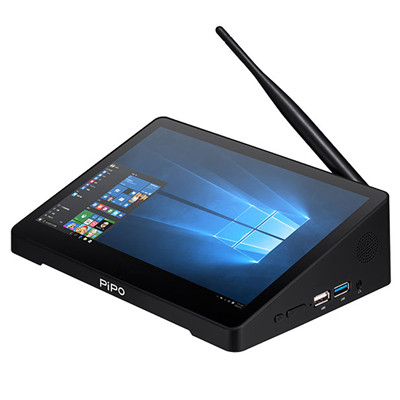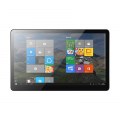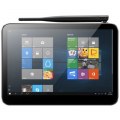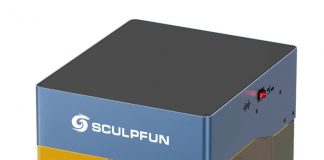PiPo X10S

-
1: CPU: Intel Celeron J4105
-
2: 10.1 inch LCD screen display
-
3: Resolution: 1920 x 1280 pixels
-
4: 6GB RAM + 64GB ROM
-
5: RS232 Port can connect the printer
Pipo X10S 10.1 inch IPS1920*1280 Intel Celeron J4105 MINI PC
The Pipo X10S ran on Intel Celeron J4105, a quad-core chip originally designed for tablets that offers four threads and is clocked from 2.5 GHz. We saw that in fact the chip was perfectly capable of supporting 6 GB of ram, as some machine manufacturers have tested this product on tablets that take this capacity into account. So it’s the turn of this Pipo X10S to test this feature. The solution will gain in performances and number of open tabs.
Storage also scales with 64GB of onboard eMMCs expandable via a MicroSD port. Connectivity is also changing a little, since Cherry Trail processors support USB 3.0. A port in this format is now appearing in all four onboard ports. Wifi remains a classic 802.11b/g/n on an external antenna associated with Bluetooth 5.0. Ethernet is also stuck in 10/100 on this model. The rest of the connectivity includes a traditional 3.5 m jack audio output and a non-detailed HDMI output. A pair of stereo speakers is also integrated into the chassis.
The screen finally evolves to a model of almost 11 inches with 10.1 inches displaying in 1920 x 1280 pixels. Tactile and capacitive, this screen is there to control content without having to systematically use a TV screen in a TV-Box use. Convenient for music lovers, this type of device knows perfectly how to decode lossless files and send them to an amplifier via its HDMI port or by using a USB DAC. This is the solution I use on one of my machines, unfortunately with a device that can’t accept the USB DAC card internally. Maybe with this larger chassis, it will be possible to somehow slide the DAC inside?
SPECS
Product Details
| Features |
1. Connect to a TV, this is a Windows TV box 2. Connect to a monitor, this is a mini PC 3. Use alone, this is a desktop tablet |
| Specification |
1. PiPo X10S 10.1inch Media Box / Smart TV Box / Mini Box 2. CPU: Intel Celeron J4105 Quad Core, maximum up to 2.5GHz, stable and reliable 3. Features with 10.1 inch LCD screen display 4. Resolution: 1920 x 1280 pixels 5. Memory: 6G RAM + 64G ROM 6. RS232 Port can connect the printer / 4* USB ports / Bluetooth / RJ45 |
REVIEWS
Disclaimer Note
Ratings are based on objective reviews from our users.












